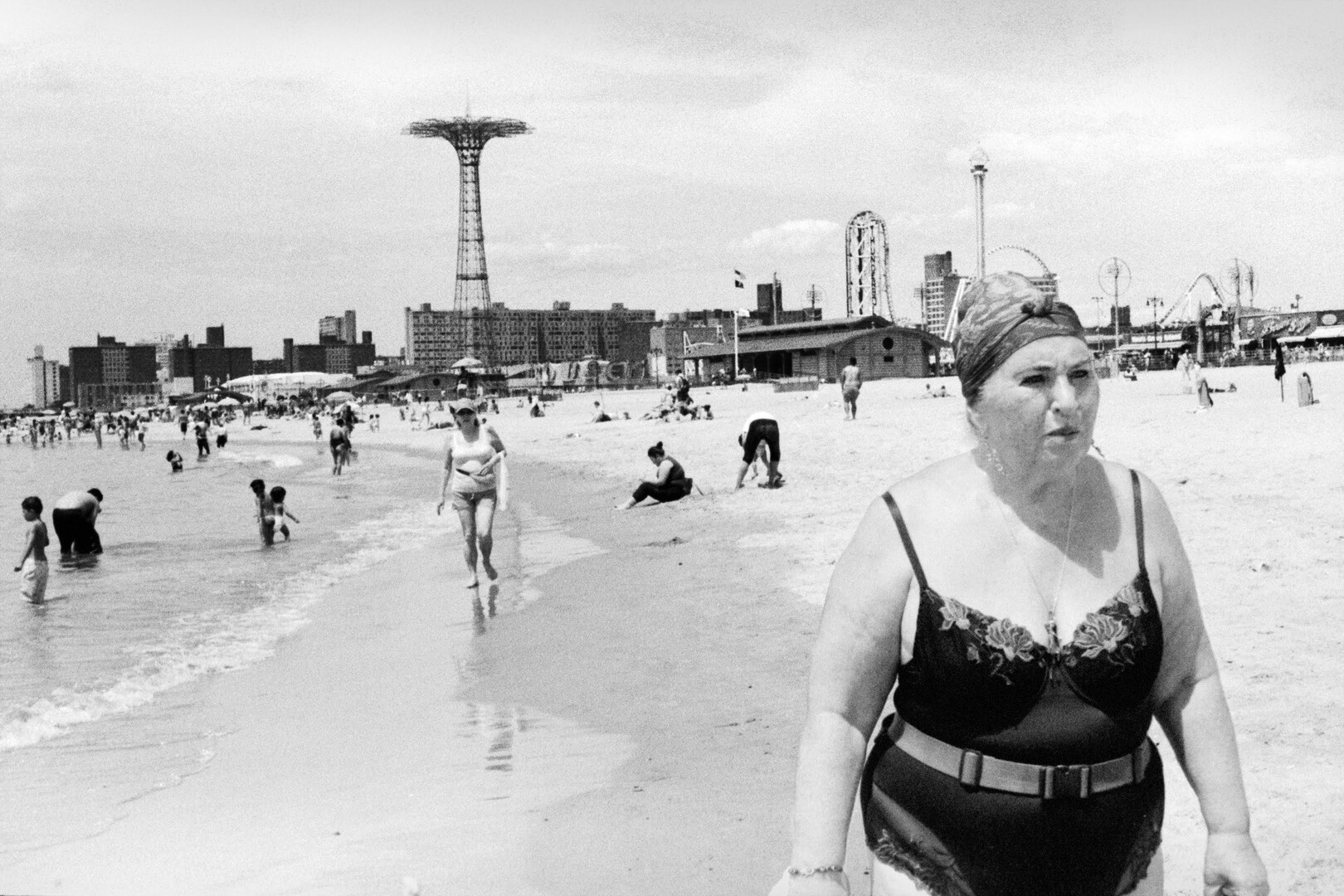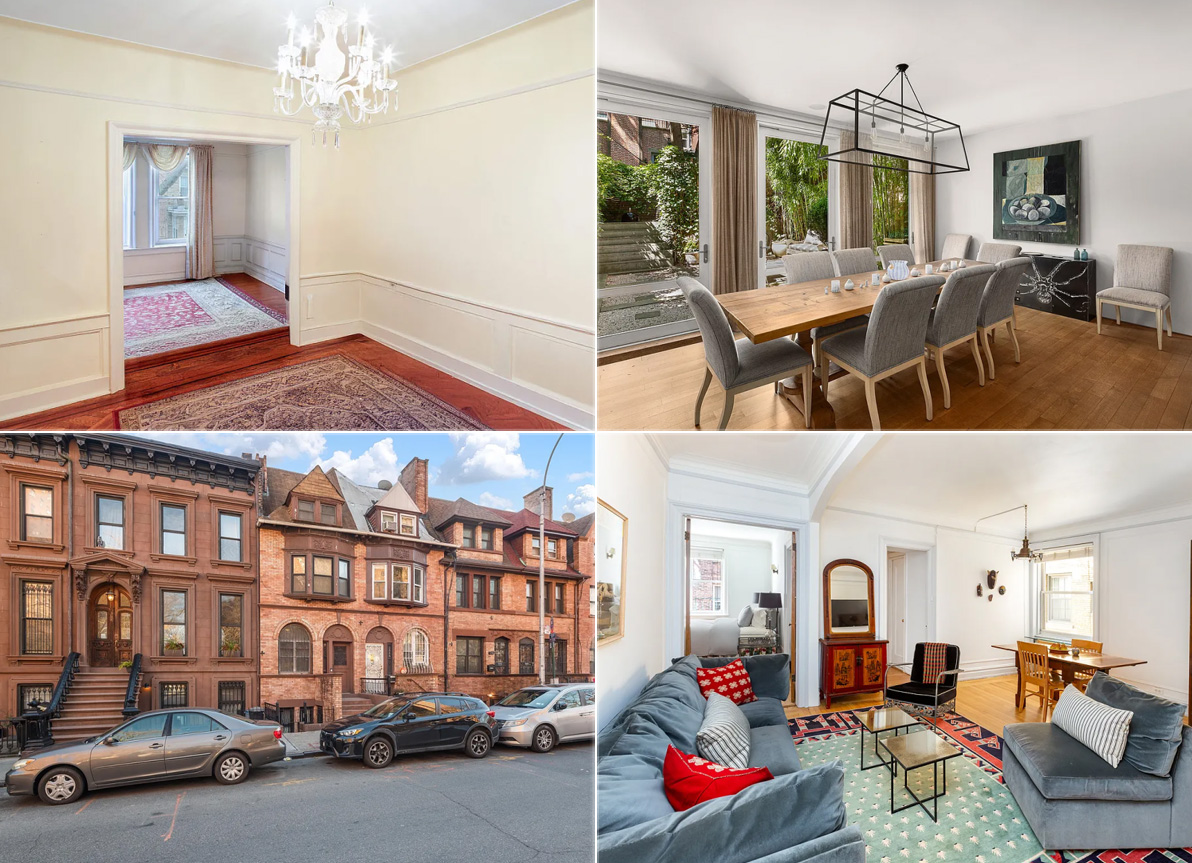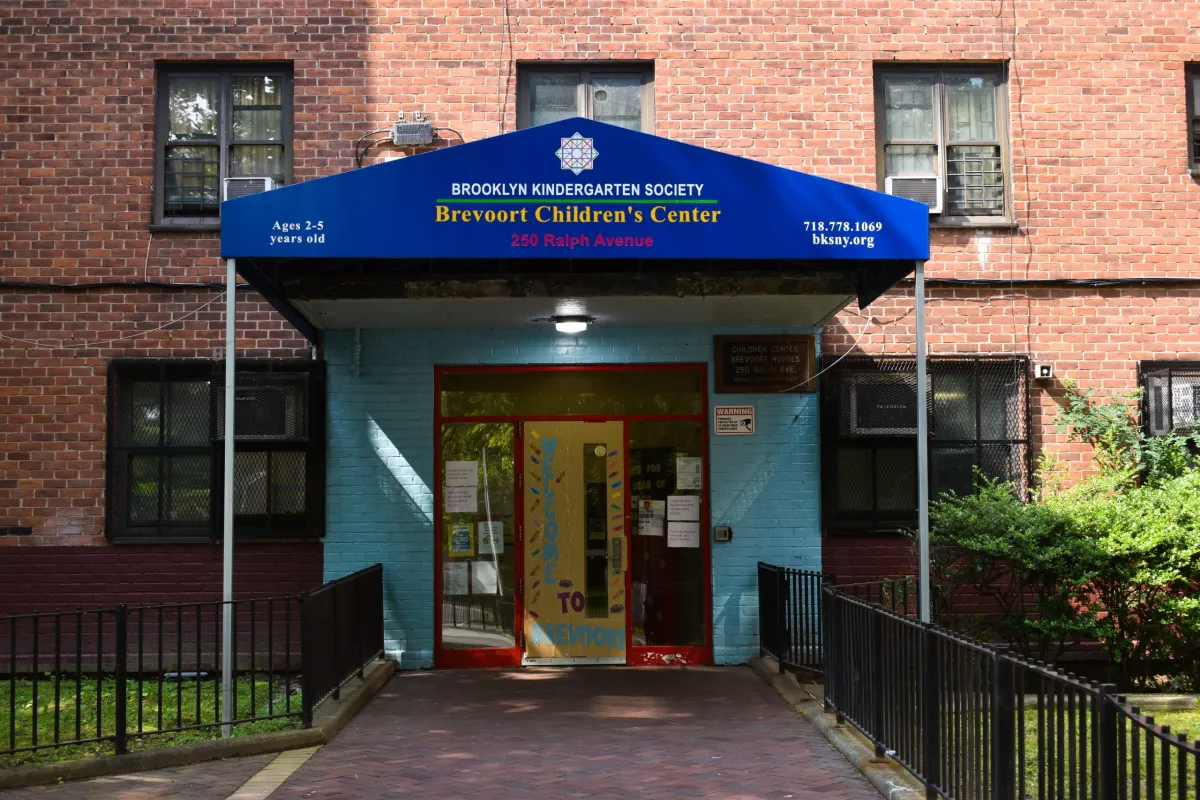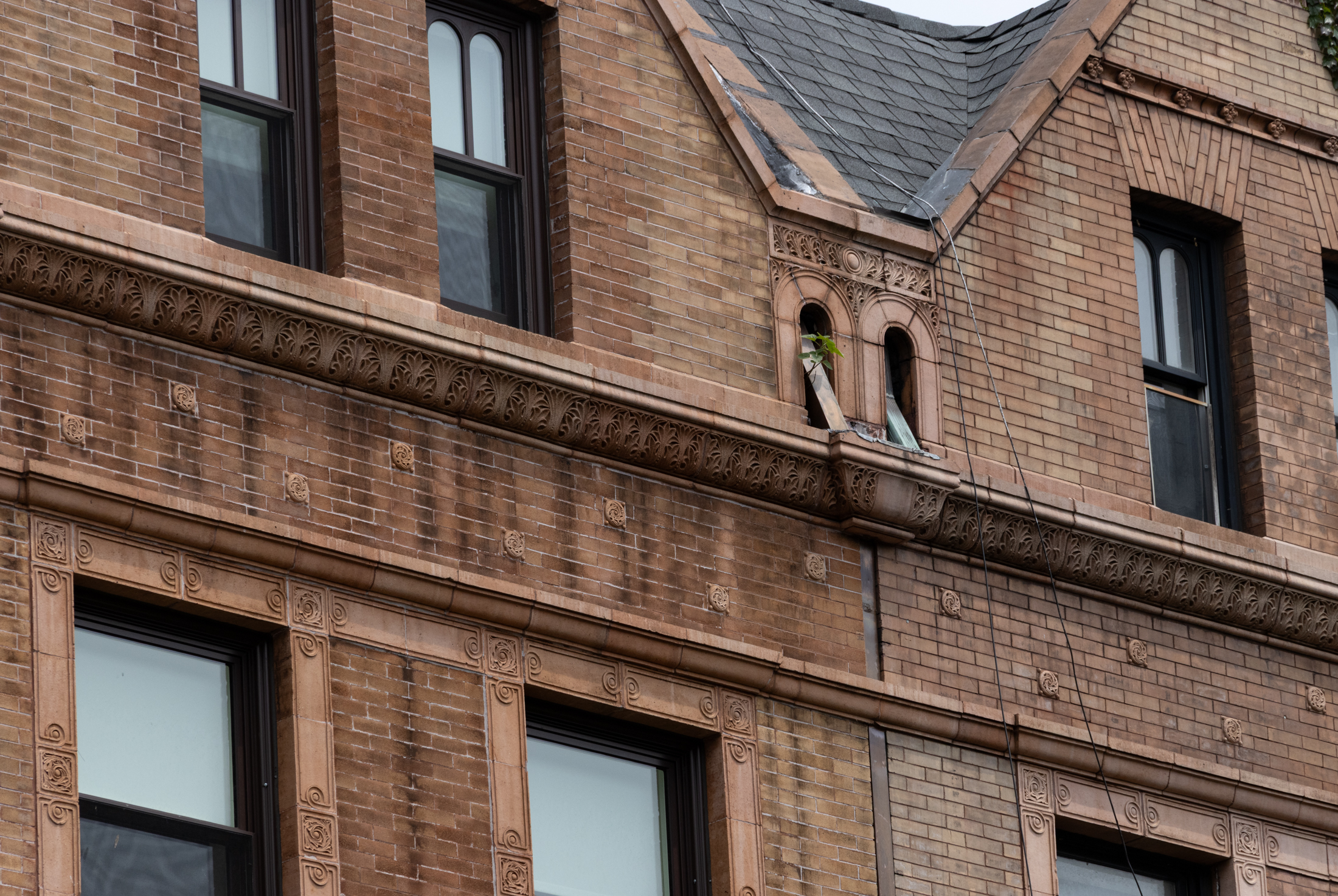Building of the Day: 130-132 Kent Street
Brooklyn, one building at a time. Name: Row houses Address: 130-132 Kent Street Cross Streets: Franklin Street and Manhattan Avenue Neighborhood: Greenpoint Year Built: 1858-1859 Architectural Style: Italianate Architect/Builder: Neziah Bliss Other buildings by architect: Other houses on Kent Street, and elsewhere in Greenpoint Landmarked: Yes, part of Greenpoint HD (1982) The story: Many people realize…

Brooklyn, one building at a time.
Name: Row houses
Address: 130-132 Kent Street
Cross Streets: Franklin Street and Manhattan Avenue
Neighborhood: Greenpoint
Year Built: 1858-1859
Architectural Style: Italianate
Architect/Builder: Neziah Bliss
Other buildings by architect: Other houses on Kent Street, and elsewhere in Greenpoint
Landmarked: Yes, part of Greenpoint HD (1982)
The story: Many people realize that Greenpoint has a long and proud industrial history, but most people are not aware of all of the different kinds of industries that once called this neighborhood home. Among those industries and factories were shipbuilding, oil and kerosene refining, brass and iron foundries, breweries, glassworks, wholesale furniture, drug companies, and porcelain and pottery works. In fact, all of the pottery and porcelain works in Brooklyn were located in Greenpoint by the late 1880s. This important industry was here even before the famous shipbuilders, with the first pottery plant opening in 1849.
In 1858, one of Greenpoint’s earliest and largest developers, Neziah Bliss, began construction of 130 and 132 Kent Street. Both houses once looked like 130, which has retained most of its exterior period detail. They were large four-story Italianates, with a high brick basement level. That course at No. 130 is now stuccoed. It also has a high stoop with a round arched entrance, which sets off the attractive façade, especially with a handsome portico with fluted columns. Deep eyebrow lintels cap the windows on the parlor floor and the bracketed cornice above. The cornice is the only detail left on No. 132, and both houses have dentil trim and fascia that echo the shape of the eyebrow lintels. The ghosts of all the other details can still be seen on number 132’s façade.
Bliss built similar houses on the block, but these houses are a story bigger than their immediate neighbors, and originally belonged to people of means, both of whom entered the lucrative china and pottery business. No. 130 belonged to Thomas Hutchinson, who moved here from nearby Java Street. During the Civil War, he changed professions, and traded in his machinist tools for a career as a china manufacturer. His next door neighbor, in 132, had also lived on Java Street, and had been in the hardware business. During the 1850s, he had a hardware business on Franklin Street and Greenpoint Avenue, but by 1860, had made the switch to china manufacturing as well.
It must not have worked out for him, as city records show him going into the banking industry, and getting a job in Manhattan. He was fortunate during all of these career moves, as Neziah Bliss, who had built and sold him the house, was his father-in-law.
The china and porcelain industry saw its heyday in the late 1880s and early 1890s. Unfortunately, as has been the case for much of the industry in Brooklyn, it was gone by the first third of the 20th century, having moved elsewhere, including overseas. We are fortunate that many of the area’s historic homes still remain, and that many are still in great original shape, or close to it. GMAP
(Photo: Christopher Bride for PropertyShark, 2012)





What's Your Take? Leave a Comment